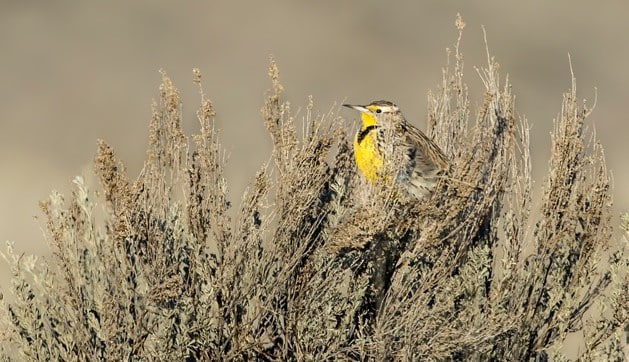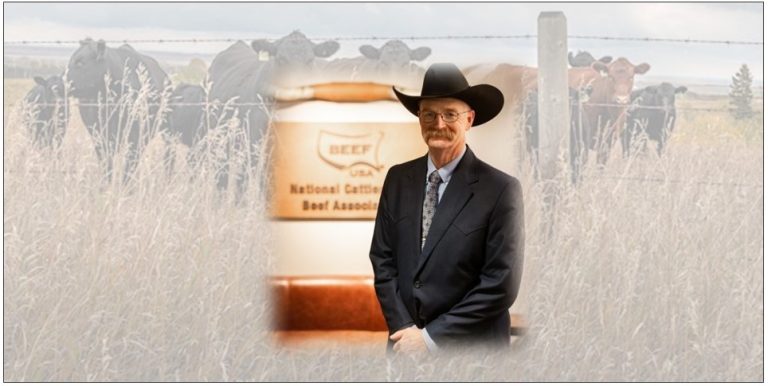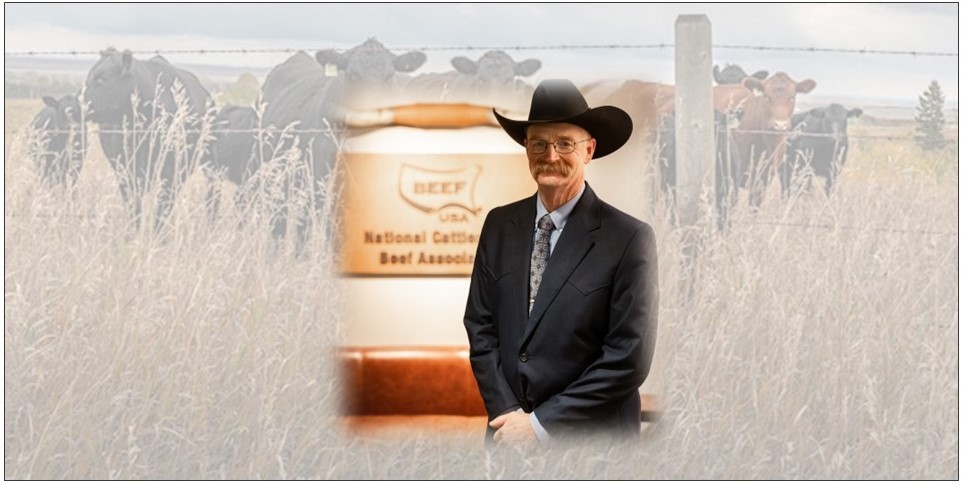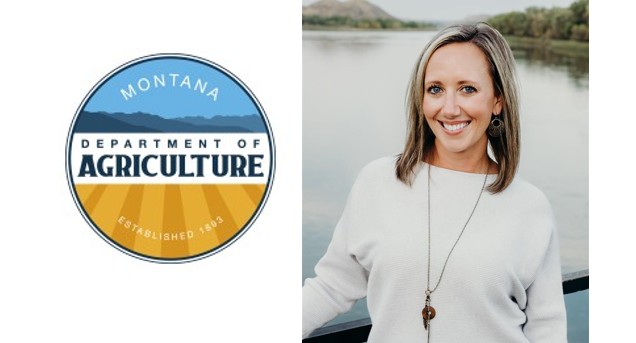WASHINGTON, D.C. – About 1.6 million acres of Great Plains grasslands were displaced in 2021 alone, according to a recent report, an area the size of Delaware.
One program is working to help conserve them. The U.S. Department of Agriculture’s Grassland Conservation Reserve Program guides South Dakota producers and landowners in grazing and haying practices to enhance conservation. The Grassland Conservation Reserve Program is part of the CRP program, a federally funded voluntary program that contracts with agricultural producers so that environmentally sensitive agricultural land is not farmed or ranched, but instead used for conservation benefits. FSA provides participants with rental payments and cost-share assistance. Contract duration is 10 or 15 years. Grassland CRP helps landowners and operators protect grassland, including rangeland, and pastureland, and certain other lands, while maintaining the areas as grazing lands.
The South Dakota Farm Service Agency said it has helped protect almost 7 million acres of grasslands in the past three years.
Owen Fagerhaug, conservation program manager for the agency, said participants receive several types of technical recommendations.
“What can the acreage support for animal units? There’ll be stocking rates, stubble height that needs to be left after the grazing period,” Fagerhaug outlined. “Obviously pest management for weed control and invasives on the landscape would have to be controlled.”
Fagerhaug noted the 10-15-year contracts temporarily remove the threat of landscape conversion for producers. Registration for the program is open until June 28.
More than three-quarters of South Dakotans said they’re more likely to vote for political candidates who support healthy grasslands management, in a 2023 poll from the South Dakota Grassland Coalition, which helped launch a public service campaign called, “Where Good Things Grow.”
Jeff Zimprich, board member of the coalition, said voters understand what’s at stake.
“They know that grasslands provide clean water, clean air,” Zimprich stressed. “They know grasslands build healthy soils. And they appreciate what’s involved in the economy as well.”
In addition to the livestock industry, healthy grasslands economically support beekeeping, hunting, tourism and more












